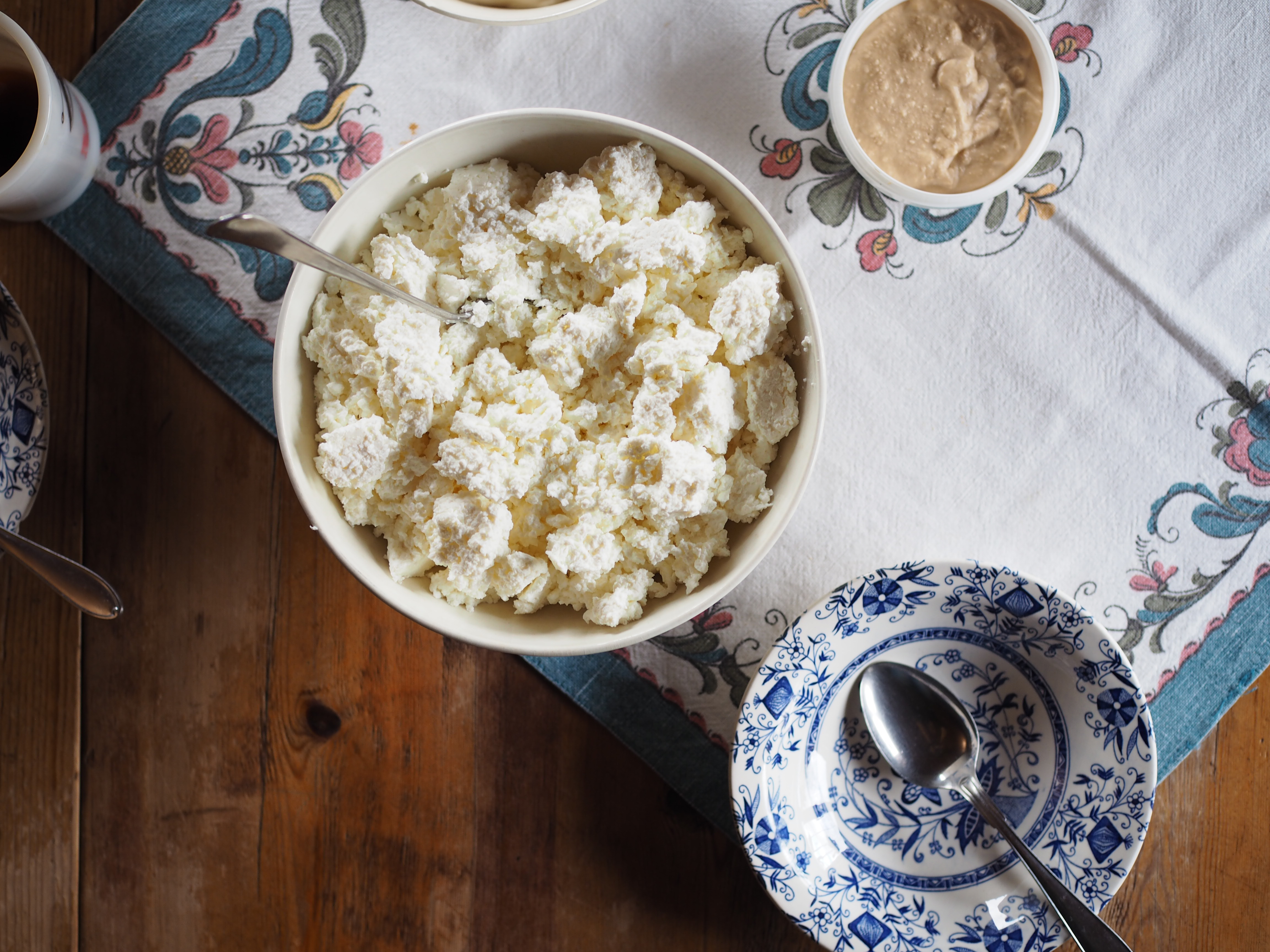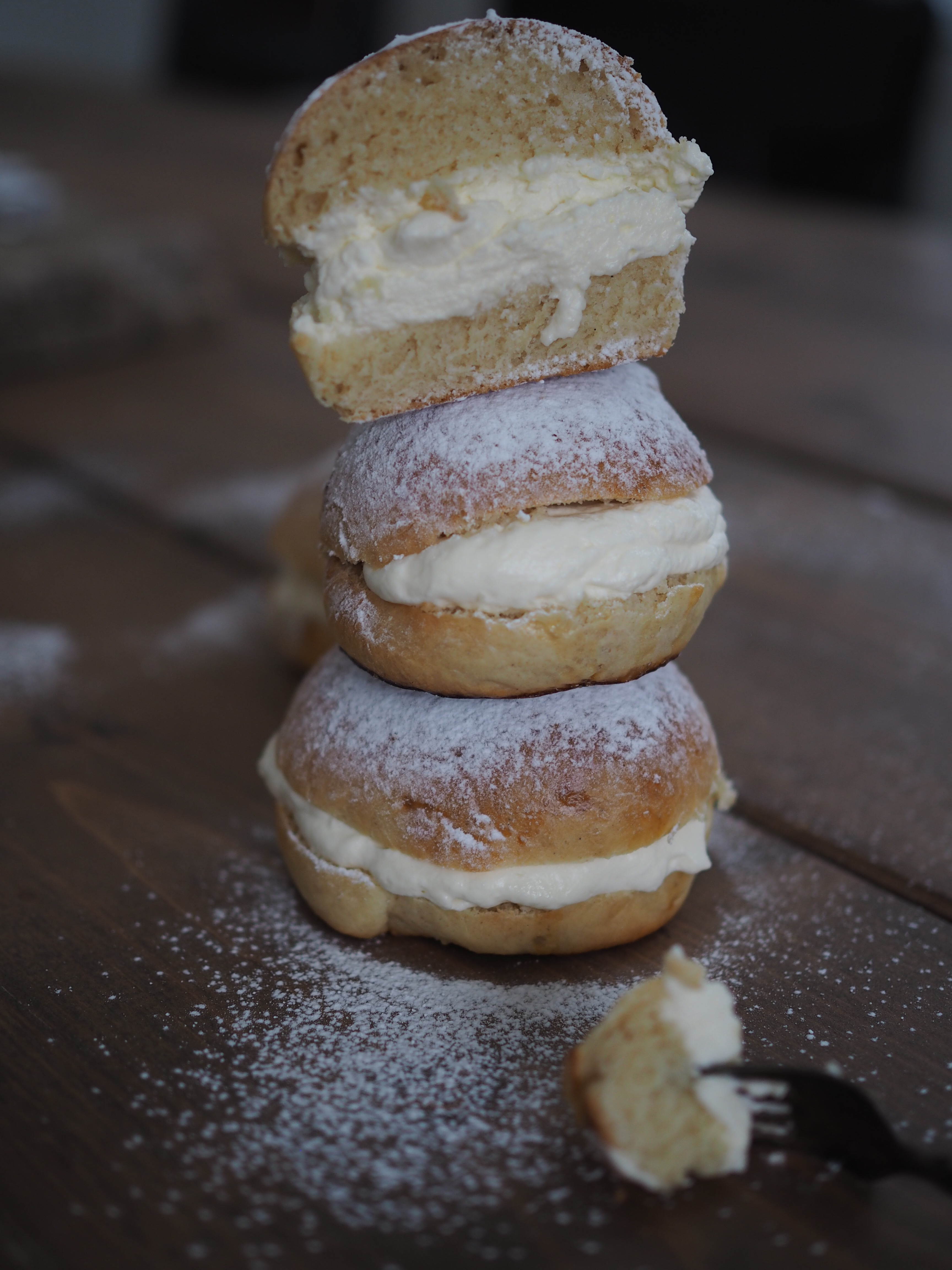
 Tropisk Aroma-Kake, or tropical aroma cake, conjures up an incredible scenery in the mind. Thoughts of palm trees and exotic fruits, perhaps, or even a sandy beach and bright, blue waters. A cake laden with colors and tastes from paradise. At least that’s what my mind envisioned as the words fell out of my Norwegian friend’s mouth. She explained to me that there was this cake, which her aunt always made, which she adored, and which I just had to make myself. An old fashioned cake and a reminder of her childhood. A Norwegian cake, with a tropical name.
Tropisk Aroma-Kake, or tropical aroma cake, conjures up an incredible scenery in the mind. Thoughts of palm trees and exotic fruits, perhaps, or even a sandy beach and bright, blue waters. A cake laden with colors and tastes from paradise. At least that’s what my mind envisioned as the words fell out of my Norwegian friend’s mouth. She explained to me that there was this cake, which her aunt always made, which she adored, and which I just had to make myself. An old fashioned cake and a reminder of her childhood. A Norwegian cake, with a tropical name.
When Irene sent me the recipe, I eyed the ingredient list waiting to spot pineapple or banana or coconut. Instead, I saw nothing out of the ordinary. Nothing to bring me straight to a lush paradise. A few spices, some cocoa, and I suppose what could be interesting in some eyes, the addition of strong coffee. I was a little surprised, a little curious. Perhaps even a little disappointed. Disappointed that I fell into the trap of reading into a name. But surely there was more to this cake. (more…)



 Following on from my story about
Following on from my story about 
 Following a magnificent
Following a magnificent 
 The concept of awakening later turned into an old tradition of waking early from bed and grabbing birch branches to then playfully spank those who were not yet awake. It was normal, up until far into the late 1900s, for children to whip their parents for fun and to be treated to a cream-filled bun afterwards. These buns are still eaten on Sunday.
The concept of awakening later turned into an old tradition of waking early from bed and grabbing birch branches to then playfully spank those who were not yet awake. It was normal, up until far into the late 1900s, for children to whip their parents for fun and to be treated to a cream-filled bun afterwards. These buns are still eaten on Sunday.
